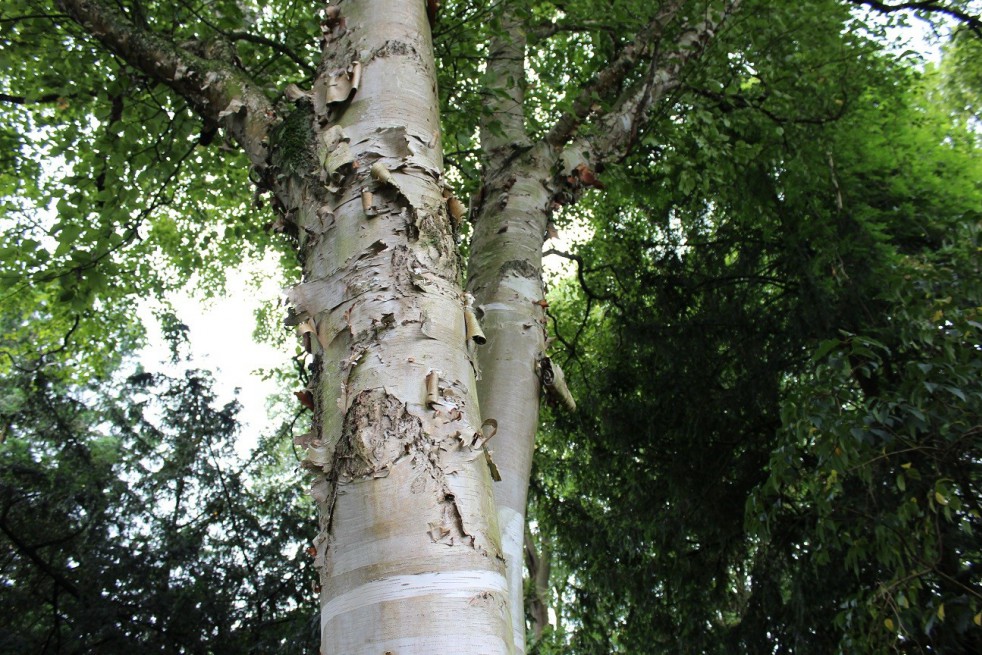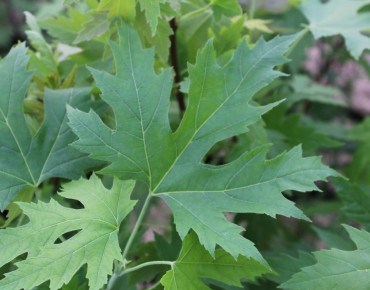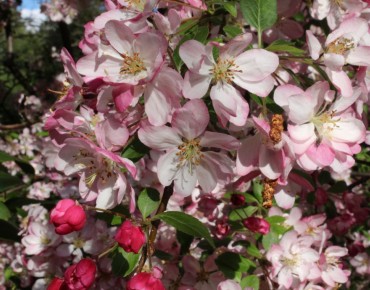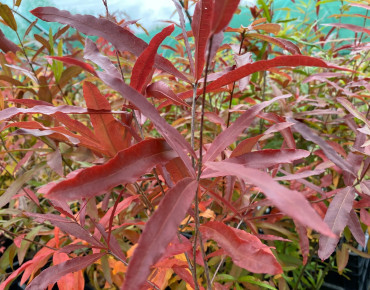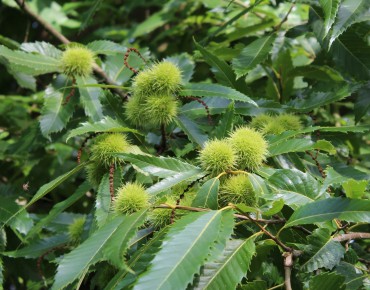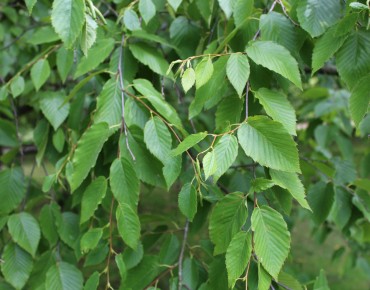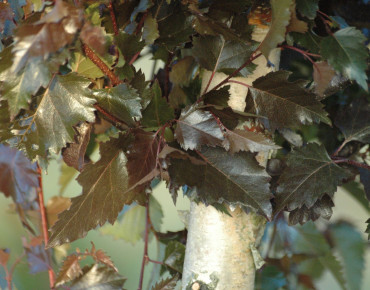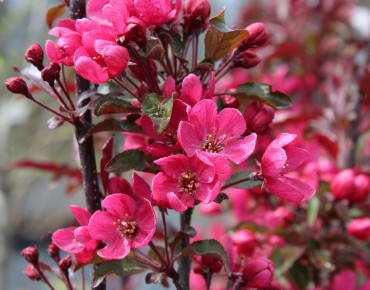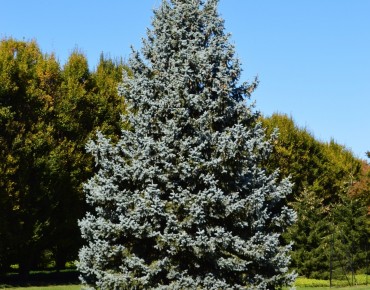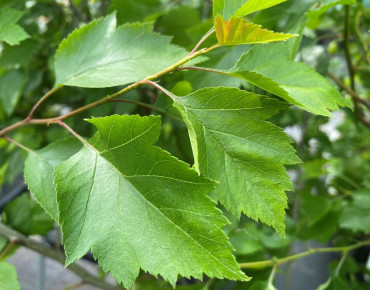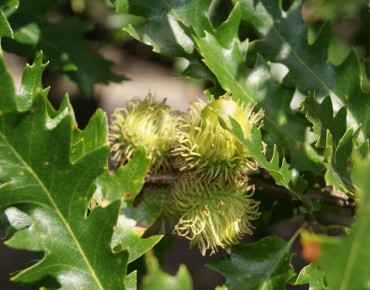Paper birch
Betula Papyrifera
Description
Betula papyrifera – Paper birch
Origin and characteristics
Native to Canada and the northern United States, Betula papyrifera belongs to the family of Betulaceae. It is a pioneer tree, very cold-hardy, historically used by Indigenous peoples for making canoes, baskets, and natural paper thanks to its flexible and waterproof bark. Its sap has also been harvested for consumption, notably as syrup or fermented drink.
Description and particularities
This birch forms a slender and graceful tree, with a cream to silvery-white trunk that naturally exfoliates in long thin strips with age. The foliage, simple and toothed, light to medium green in summer, turns golden yellow then light orange in autumn, bringing a warm and bright touch to the garden.
- Adult height: 15 to 20 m
- Width: 6 to 10 m
- Habit: Upright then spreading, often multi-stemmed
- Bark: White, smooth, then exfoliating, very decorative
- Foliage: Deciduous, light green, golden yellow/orange in autumn
- Growth: Fast
- Hardiness: Excellent (down to -40 °C)
Flowering and fruiting
- Flowering: April to May
- Flowers: In hanging catkins (male) and upright (female), not very visible
- Fruits: Small winged seeds dispersed by the wind
- Honey-producing flowering, discreetly attracting the first pollinators
Exposure and soil
- Exposure: Full sun or partial shade
- Soil: Light, fresh, well-drained, rather acidic to neutral
- Tolerates sandy, rocky or slightly moist soils
- Avoid too dry or very calcareous soils
Planting
Plant in autumn or spring, solitary or in a group of 3 specimens for a natural and landscaped effect.
- Loosen the soil to 50 cm depth
- Add compost or leaf mold recommended
- Regular watering at planting and during the first 2 years
- Organic mulching recommended
Watering
- Regular in summer during the first years
- Once established, tolerates moderate drought
- Likes fresh soil without stagnant water
Pruning
- No structural pruning required
- Cleaning pruning in late winter to remove dead or unbalanced wood
- Do not prune during sap rise (strong exudation)
Propagation
- By sowing after natural stratification
- More rarely by cuttings or layering
- Self-seeds spontaneously in open environments
Uses in the garden
- Solitary to highlight its white bark
- Group of 3 specimens for a natural landscaped effect
- Light alignment or forest garden edge
- Association with grasses, maples, dogwoods, shade-loving perennials
Traditional uses
- Bark: used by Indigenous peoples for making canoes, baskets, natural paper
- Sap:
- In Quebec, harvested and mixed with maple sap to produce a flavored syrup
- In Europe, sometimes fermented with cloves to produce a slightly sparkling drink or refreshing craft beer
Disease protection
- Very resistant
- To watch for:
- Powdery mildew in humid climates
- Aphids occasionally in spring
- Prevention: plant in well-drained, well-exposed soil
Tips for a beautiful effect
- Plant in groups or in free alignment to enhance the silhouette
- Associate with dark or evergreen foliage to contrast with the white bark
- Organic mulching to preserve soil freshness in summer
- Do not plant too close to constructions (rapid growth)
Betula papyrifera, or Paper birch, is an elegant, hardy and bright tree, ideal for bringing lightness, verticality and contrast to a natural, forest or contemporary garden. Its decorative bark, warm autumn colouring and cultural and ecological interest make it a species both poetic and functional.
Features
- Common name : Paper birch
- Family : Betulaceae
- Category : tree
- Spread : 6 to 10 m
- Foliage : deciduous
- Use : isolated - group
- Soil : rich and well drained
- Habit : conical
- Earth to use : universal potting soil
- Enemies : aphid - sawfly
- Possible diseases : rust disease - powdery mildew - armillary
Expédition & livraison
How does the delivery work?
 As soon as you place your order your plants are selected
As soon as you place your order your plants are selected Each order is processed individually.
Each order is processed individually. Plants are packed, staked and labeled.
Plants are packed, staked and labeled. Packaging is carefully implemented to avoid any problems.
Packaging is carefully implemented to avoid any problems. Packages are ready to be shipped.
Packages are ready to be shipped.
Our delivery methods
Shipping of our plants throughout Europe (except overseas and islands).
Customer reviews

